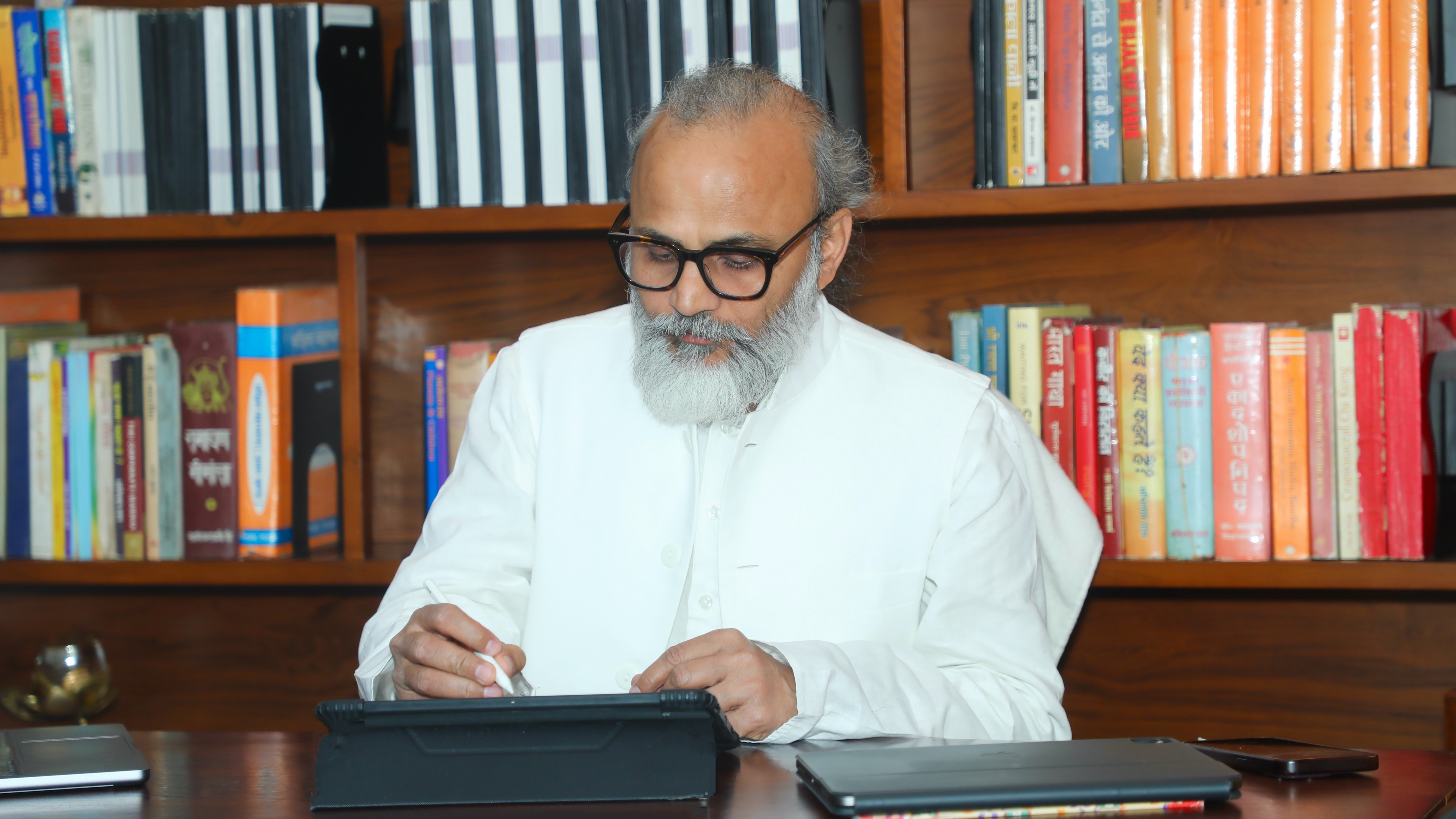
The Inner Conflict: How Mental Tension Disrupts
4 months ago By Yogi AnoopThe Depth of Mental Stress and the Inner Struggle in Yogic Practice
The first and foremost problem is this: whenever you perform any activity, your five sense organs—eyes, nose, tongue, skin, and ears—tend to fall into a state of stress. They begin to strain inwardly. Not only that, but the nervous system of the brain also comes under tension. We often carry out our actions hastily or with excessive eagerness. In other words, we rarely do anything in a natural and relaxed state—we perform it under stress and strain. And most importantly, we are unaware that we are doing it under tension. This is the root of the issue.
Secondly, whenever you hear a story, a script, or an event, you insert yourself as a character within it. The moment you associate your ‘self’ with that character, you psychologically bind yourself to it—even though, in reality, you are a separate entity. In spiritual language, this psychological fusion is what is referred to as attachment.
So when it is said, “Do not desire,” “Do not become attached,” “Do not claim anyone as your own”—this does not mean that you should isolate yourself from society. It means you should not glue your sense of self to someone else’s character. The clearest example of attachment is this: placing your own identity into another’s role and becoming emotionally entangled.
These are the two primary psychological disorders from which all deeper problems arise. They have been present since childhood, but at a very subtle and unconscious level. When you began the proper practice of Shambhavi Mudra in 2000, especially when you started focusing on the third eye (Savī Mudrā), these symptoms began to surface.
I do not know whether anyone ever explained to you the real objective of Shambhavi Mudra before you began practicing Savī Mudrā, but what is clear is that this practice began to reveal symptoms that were previously hidden.
The root of these problems was hyperactivity and excessive eagerness—resulting in symptoms like headaches, dizziness, breathlessness, dryness of throat, tightness in the esophagus, tension in the diaphragm and upper abdomen, bloating, burping, and heaviness in the eyes. All of these are direct manifestations of mental stress. When the brain is forced into excessive concentration, it does not produce positive neurochemicals. Instead, it generates stress-related hormones.
The glands in your body do not understand what kind of practice you are doing or what your intention is. They only perceive whether there is tension or relaxation in the muscles. If the brain and body are experiencing relaxation, then the hormones will also be calm and supportive. But if you are practicing under stress, your body will respond accordingly—with resistance and imbalance.
Another major mistake we make is that we often begin to act in animalistic ways—natural for animals, but not for us. For example, if I say, “Close your eyes and see yourself from outside the body,” what are you really doing at that moment? You are indulging in imagination. This is a dream-like state—not a real one. You cannot actually exit your body unless the body is in a state of clinical death.
Talking about going beyond the mind is merely imaginative. In reality, the body may be still, but the mind remains active. This is what we call the mind-body complex, which continues to function.
Take the example of Ramakrishna Paramahamsa, the guru of Swami Vivekananda. In the final stages of his life, he renounced even those inner structures he had built himself. That too was a form of micro-level imagination—one he had authored. And yet, he renounced even that foundation. This shows that any structure born out of imagination is self-created.
Hence, the belief that “I am separate from my body” is practically flawed. The artificial separation of body and mind is not real. The more clearly you understand life, the deeper your practice becomes. If life is not clearly understood, your practice will remain superficial.
Just like a wrestler’s goal is to defeat the opponent, a yogi’s only goal is to know himself. His target is not competition, but self-realization.
You engage in yoga, pranayama, and meditation to stop the continuous inner activity within you that never seems to rest. But if the aim of your practice becomes some imagined achievement, you will lose patience and rush through the process.
When you focus intently on the third eye, and observe too closely, the eyeballs start to strain upward. If this tension continues for too long, all the symptoms you mentioned will arise. The core reason: practicing concentration in a state of mental tension.
And if, despite knowing all this, you continue to generate mental stress, your body will head toward exhaustion and depression. This is why people today feel retired and drained even in their 30s.
Therefore, some special before-sleep yogic and pranayama techniques will be provided to help you enter complete relaxation. If practiced correctly, they can reduce your issues by 70–80% within five days.
However, keep in mind—you must not become overly enthusiastic. This is a long-term process. For example, if you’ve developed the habit of biting your nails for two years, it will take time to break that habit too.
Once you become aware that the habit is unhealthy, you begin to leave it. But after a short while, it may return. So you have to remain constantly vigilant.
It takes time to break these mental habits. In the initial months, there will be improvement, then sometimes relapse. But if you continue with understanding, eventually the cycle breaks completely.
What matters is that you do not glue your sense of identity to any role or situation. This is a professional skill—just like how a surgeon must remain emotionally detached during an operation. But if that same surgeon is operating on a family member, anxiety and fear may arise.
If he can remain calm and detached even during surgery on his own kin—it means he is deeply professional and meditative in nature. This is the true essence of meditation: perfection in detachment.
In the beginning, we all act with enthusiasm. We pursue everything with intensity as if we are at war. But the truth is—there is no war. We are not fighting anyone externally. Then why the shouting, muscle tension, display of power? It’s all superficial.
When we enter the inner world, there is no need for performance or warfare. What is needed is peace and neutrality.
Thus, all the practices you are doing—they are meant to dissolve this internal tendency toward conflict. This is the true purpose of yoga.
Recent Blog
Copyright - by Yogi Anoop Academy
